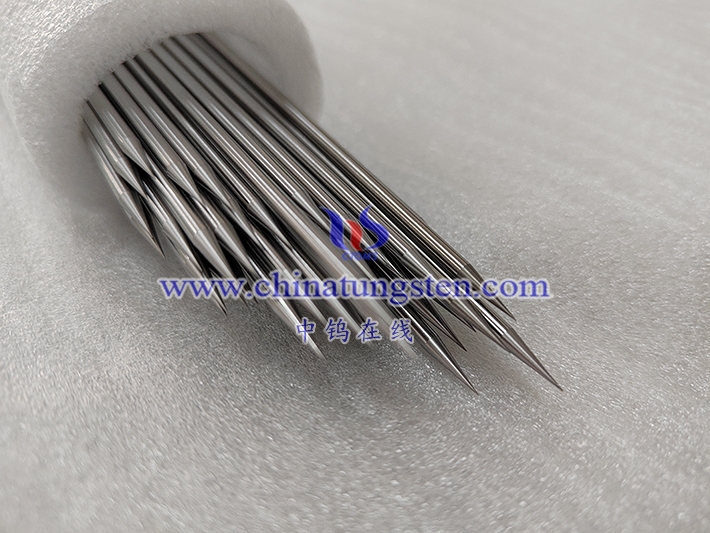
Tungsten needle surface coating can have a significant effect on their frictional properties. Coatings can be used to reduce friction between the needle and the material being punctured or manipulated, allowing for more precise and controlled movements. Common coatings used on tungsten needles for this purpose include diamond-like carbon (DLC) and polytetrafluoroethylene (PTFE).
DLC coatings have a low coefficient of friction, which can reduce the force required to penetrate materials and improve the precision of the puncture. PTFE coatings also have a low coefficient of friction and are commonly used to reduce the friction between the needle and the material being punctured in medical and microsurgical applications. However, PTFE coatings may not be suitable for all applications as they can have limitations in terms of adhesion and durability.
Other coatings that can be used to modify the surface properties of tungsten needles and improve their frictional properties include nanocrystalline diamond, molybdenum disulfide, and titanium nitride. The choice of coating depends on the specific application and the properties required of the needle.






